Sightseeing Spots
Search Results306
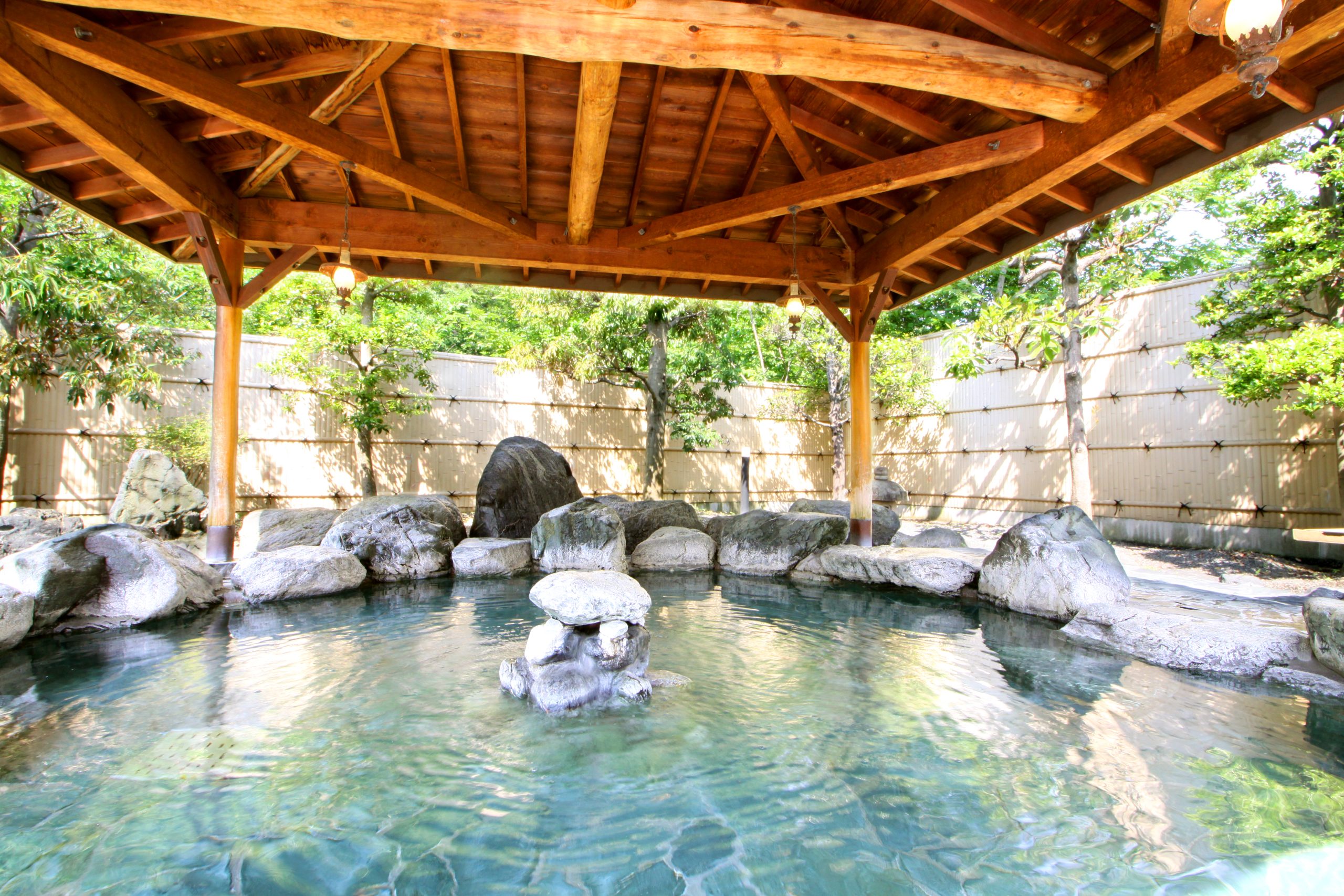
A simple sulfur hot spring. Chichibu Yumoto is a day trip hot spring with the Bukō Onsen as its source, and is effective for a range of chronic diseases such as nerve pain, sore muscles, joint pain, stiff shoulders, and poor blood circulation. One can fully enjoy nature in the liberating open-air bath with the hinoki (wooden) bath, which gives the gentle feeling of trees, and the rock bath, which provides a simple natural atmosphere. Nearby there are also Bukō Auto Campsite (Phone Number: 0494-23-8229) and lodging facility Bukō Onsen Bekkan (annex) (For reservations: 0494-24-4141).

The Old Yamazaki Family Villa was built as a retreat for Kashichi Yamazaki, the 5th generation of Kameya, a long-established confectionery store of Kawagoe. The building and other components have been recognized as having national cultural significance; the main house, tearoom, and the benches of the waiting room were designated as tangible cultural properties of the city in 2000, a portion of the building was donated to the city in 2006, the garden was registered as the national monument (place of scenic beauty) in 2011, and the main building was designated as a National Important Cultural Property in 2019. The garden of the former Yamazaki family's villa is also recognized as a valuable example of a Japanese-style garden, including a tea ceremony room designed by Katsuya Hoka along with Japanese and Western-style buildings, and is highly regarded as “a contribution to the development of landscape gardening culture."
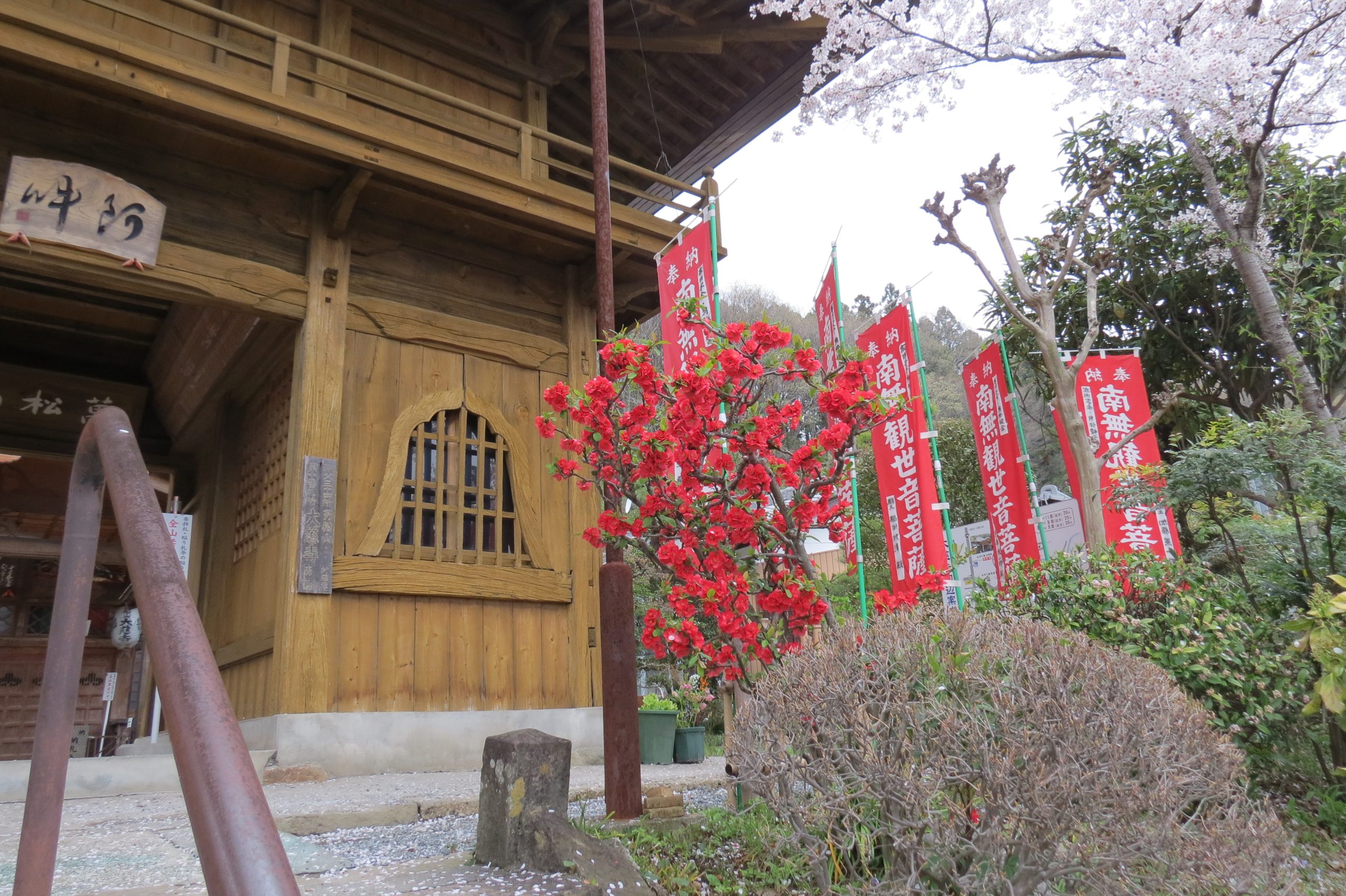
In front of the main hall is a statue of “Obinzurusama” (a disciple of Buddha), which legend has it that you will be healed by touching the statue where your body has pain while touching the same place on your body. In spring the adorable rare Bukoumamezakura cherry blossoms bloom for a delightful scene. It was also the setting for the animated movie, “The Anthem of the Heart." The “Enmei Jizō" (life-prolonging Jizō statue) stands at the entrance as a landmark.
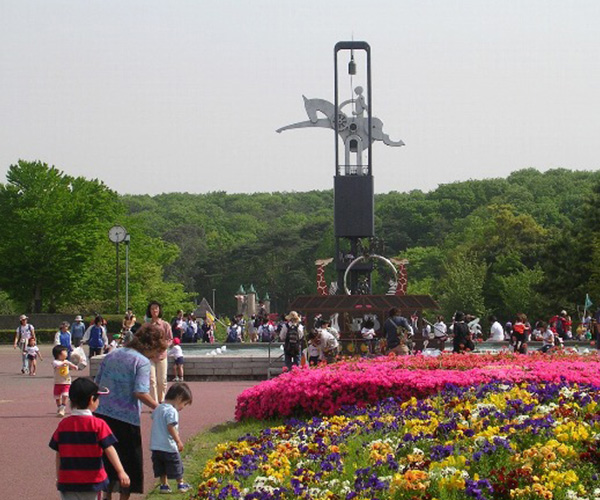
Sprawling out over the Hiki Hills, this 46-hectare site is home to popular animals such as giraffes, red pandas, and koalas, as well as an ecological park dedicated to Humboldt penguins, Penguin Hills. Also adjacent to the park are a walking trail and cross-country course. The zoo is the only place in Japan where visitors can see the small rodent, gundi, at the "Eco Houchoo" (Eco-friendly mouse house), the rabbit-like yellow-spotted rock hyrax, the world's smallest deer, pudu, and the quokka, which joined the zoo to commemorate its 40th anniversary. The Capybara Hot Springs, a winter tradition, is also very popular.

The Katakura Silk Commemorative Museum is built inside of Kumagaya Factory, the cocoon warehouse of the last remaining silk manufacturing plant of Katakura Industries, and is recognized as a Heritage of Industrial Modernization by the Ministry of Economy, Trade, and Industry. To preserve and pass on the company's 121-year history of silk production, the museum displays the machinery used to produce silk at Kumagaya Factory, and visitors can watch the entire process from cocoon to raw silk.
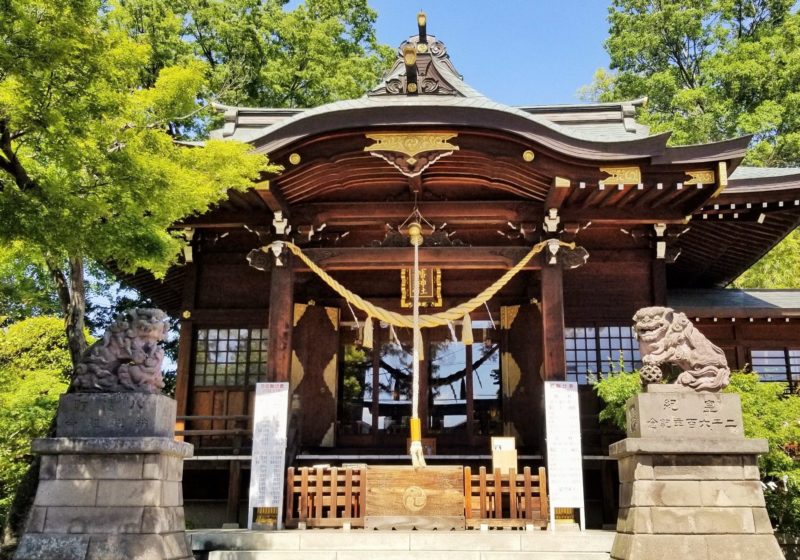
Gyōda Hachiman Shrine is called “Fūji no Miya" (Palace of Sealing) for its secret prayer method which is believed to help children sleep, prevents nervousness, cancer, diseases, bad habits and dementia in the elderly. In the precincts, there is a “shrine of the eyes,” the Kasamori Inari Shrine which enshrines the god of eczema and beautiful skin, along with “Okuninushi Shrine” that enshrines Oshi Castle’s 7 lucky gods. Recently, the “nade momo” (patting peach) is said to be a place for spiritual energy, and is famous for the god of warding off suffering from illness and misfortune.
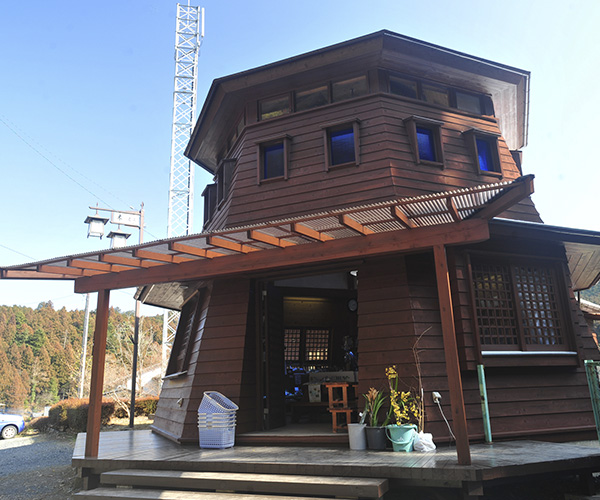
Passing along a road within the mountains, you will come to a direct sales farmers market built from Japanese cypress (hinoki). The shop specializes in mountain mushrooms and wild vegetables harvested in the Ohno region. The “Chirimen Norabō-na,” only available at this shop, is popular every year for its sweetness. The building is the oldest of the town's four direct sales shops, and is said to be the model for Myōkaku Station, which has the same octagonal shape.

Tours of the wine factory and vineyard, free samples and sale of wines at the in-house direct sales store, and meals at the company-owned restaurant (business days specified) are available.
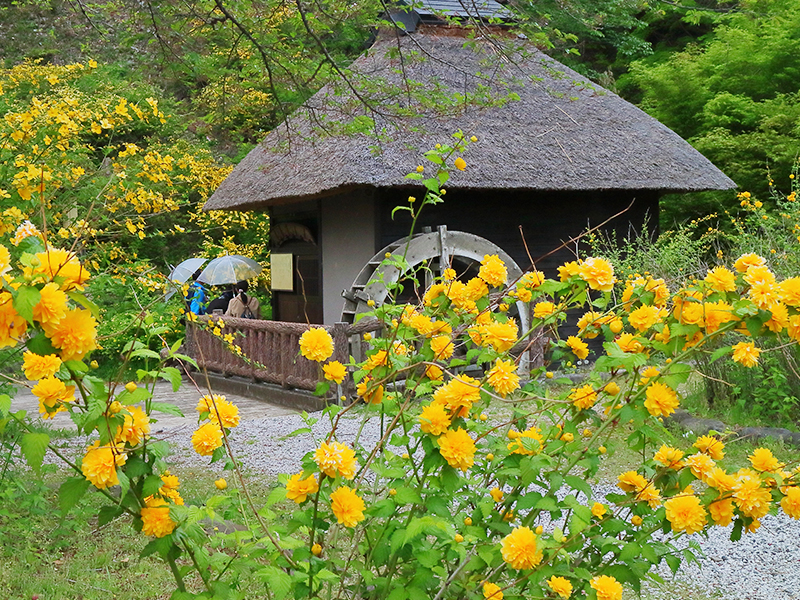
Yamabuki no Sato is associated with Ota Dokan, who was also famous for writing Japanese waka poetry. In the spring, about 2,500 Japanese rose trees sway in the breeze and match with the water mill hut to create an elegant atmosphere.
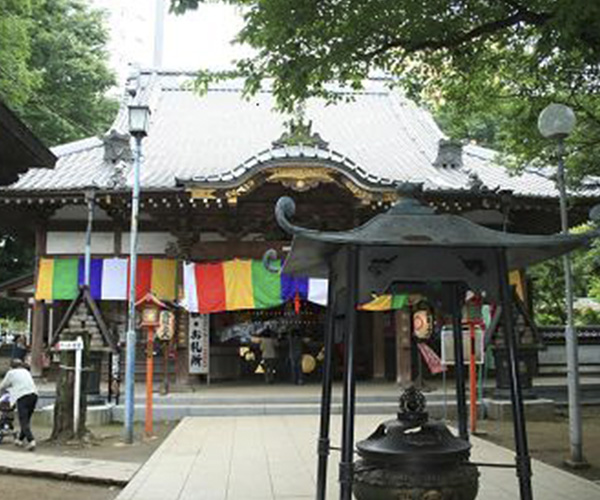
Founded in 1549 by Renkei Daishi, the mother of Kawagoe Castle Lord Masashige Daidoji. Later during the Tokugawa period, it was officially recognized as a temple and made into a school for Buddhist monks, and many Buddhist monks were educated there. In addition, the temple enshrines Fukurokuju, one of the 7 lucky gods of Kawagoe. Events are held at the temple on a regular basis.
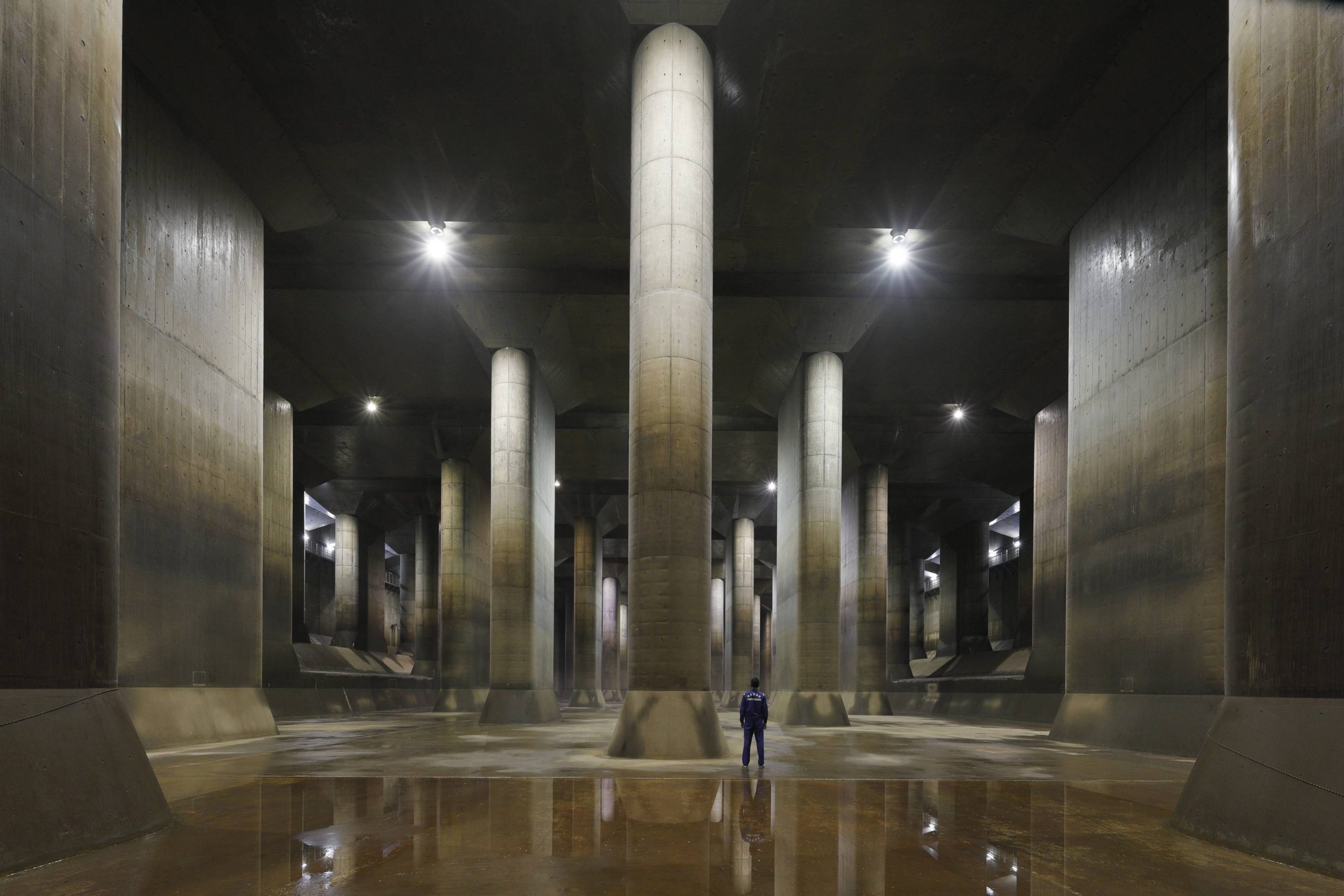
To help visitors learn more about the role of the regional flood control facility, “Metropolitan Area Outer Underground Discharge Channel,” we have increased the appeal of our tours and begun the second installment of this ongoing social experiment. In addition to the wildly popular tour of the surge tank, known as the "underground shrine," we have added secret passages, pump rooms, and sections of the gas turbine which will be opened to the public in 4 different courses. We encourage you to experience the grandeur of the “Metropolitan Outer Area Underground Discharge Channel.” Please check the URL below for details regarding tours and facilities. Notes on the reservation site: You can switch to English by clicking on the mark next to the earth symbol in the top right corner of a header section

Established 290 years ago, Nagatorogura Sake Brewery and Boutique Store is a sake brewery that carries on the spirit of 11th Hino merchant Sōbē Fujisaki, who devoted his life to bringing Saitama’s Japanese sake to the world. In September 2018, to further pursue Sōbe Fujisaki's sake brewing tradition of “polish with skill and brew from your heart," the sake brewery moved to Nagatoro, a beautiful place of nature. Using naturally flowing water from the Fuppu area and rice grown on Saitama soil, we are producing the Japanese sake "THE SAITAMA ORIGINAL." (For more information about our facility, please visit the URL below.)
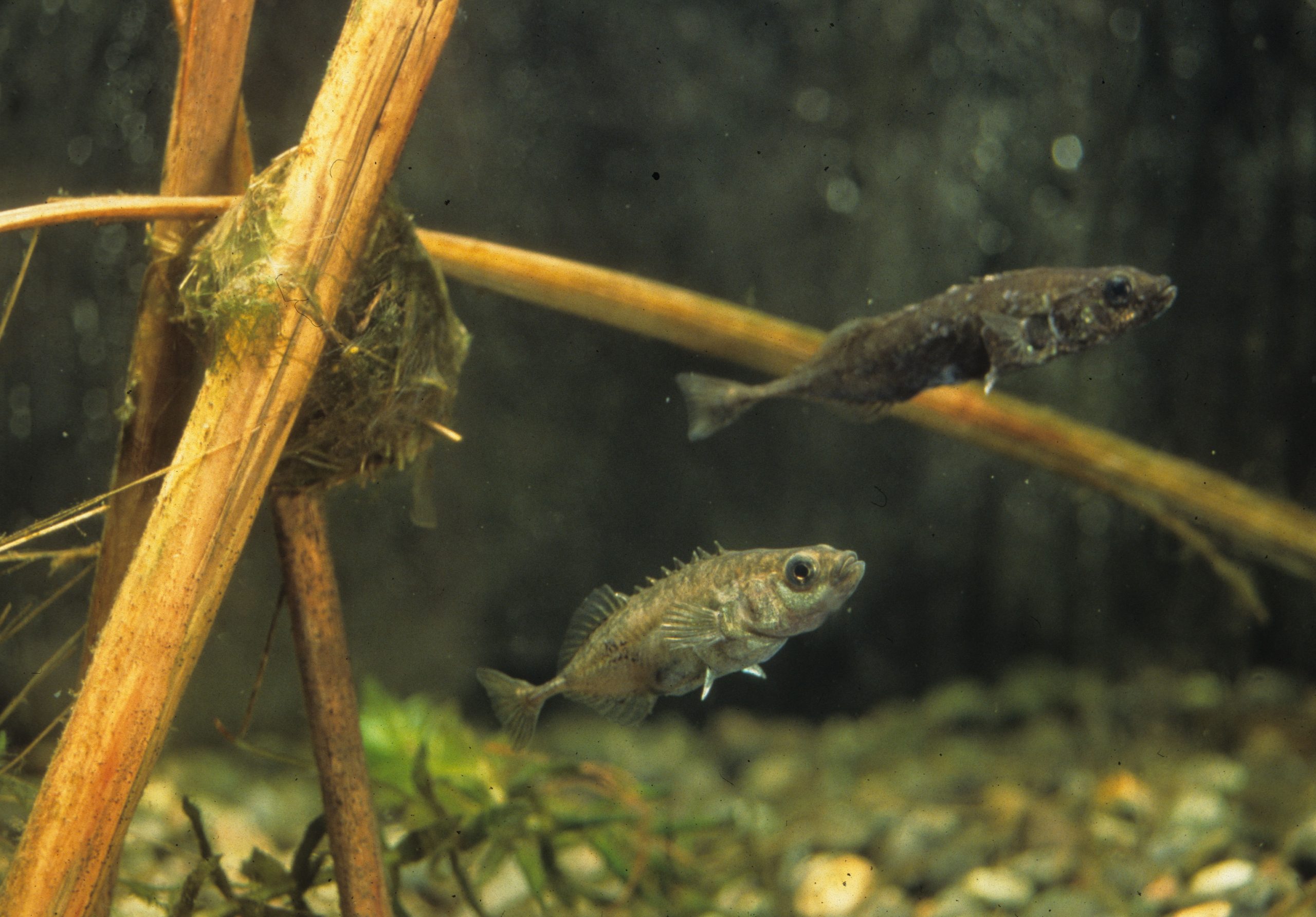
This aquarium features exhibits of approximately 70 different types of freshwater fish native to Saitama Prefecture that inhabit the upper stream of the Arakawa River to the region surrounding the mouth of the river. Among the highlights are the Tokyo bitterling, Musashi ninespine stickleback, and the waterwheel plant. (For more information regarding the facility, please refer to the URL below.)
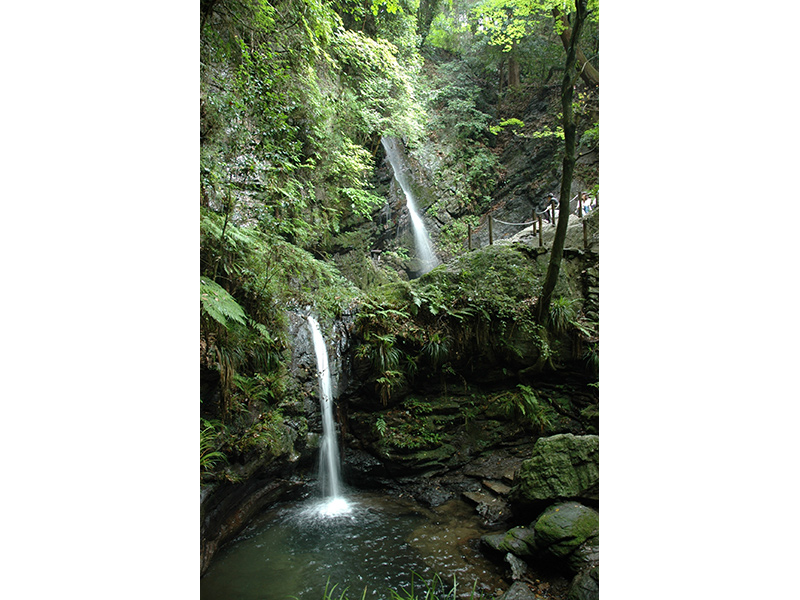
Kuroyama Santaki is the name of a group of three waterfalls known as Odaki (male waterfall), Medaki (female waterfall) and Tengu Taki (demon waterfall). This scenic spot was selected as one of Japan’s 100 best sightseeing destinations. Enjoy fresh greenery in the spring, refreshing cool air in the summer and remarkably beautiful leaves in autumn.
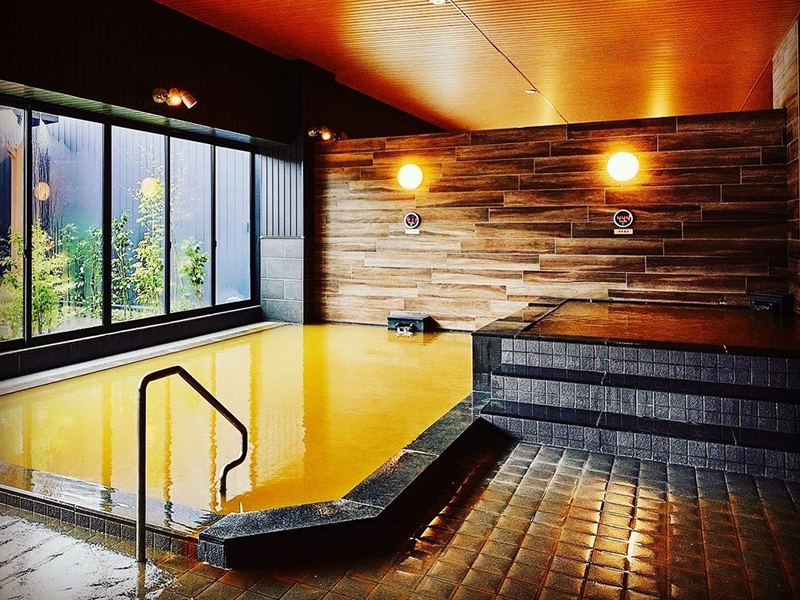
This hot spring was opened at Aeon Town Yoshikawa Minami in June 2021 under the theme ''deliciousness, happiness, beauty, and health." There are three types of indoor baths, a reclining bath and an outdoor bath. After taking a bath, you can enjoy sushi produced by Kanazawa Maimon and sweets by chocolatier Hironobu Tsujiguchi of Le Chocolat de H in the food court attached to the spa.
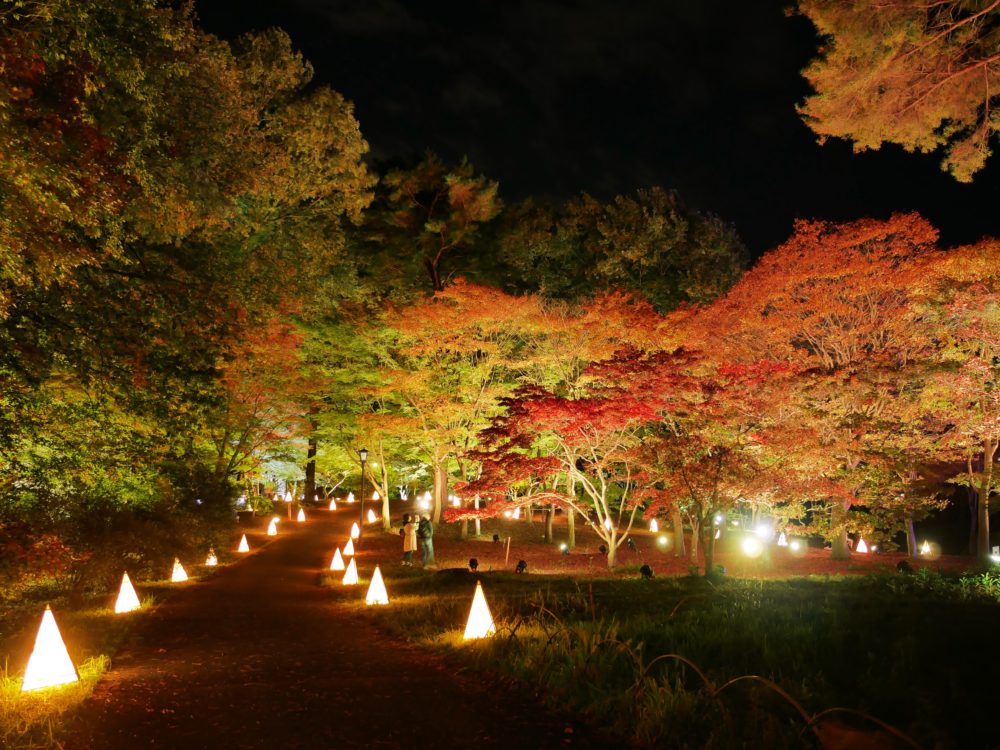
The Musashi-Kyuryo National Government Park was built as part of the Meiji Centennial Commemorative Project. Musashi-Kyuryo is Japan's first national park and is located on a vast, hilly area of 304 hectares stretching between Namegawa Town, Hiki District and Yagii, Kumagaya City, Saitama Prefecture. The park is mainly forested areas, and includes ponds, swamps, marshes and grasslands, for a diverse ecology where precious flora and fauna can grow and thrive. It is also one of few places within the metropolitan area where you truly can feel in contact with nature.
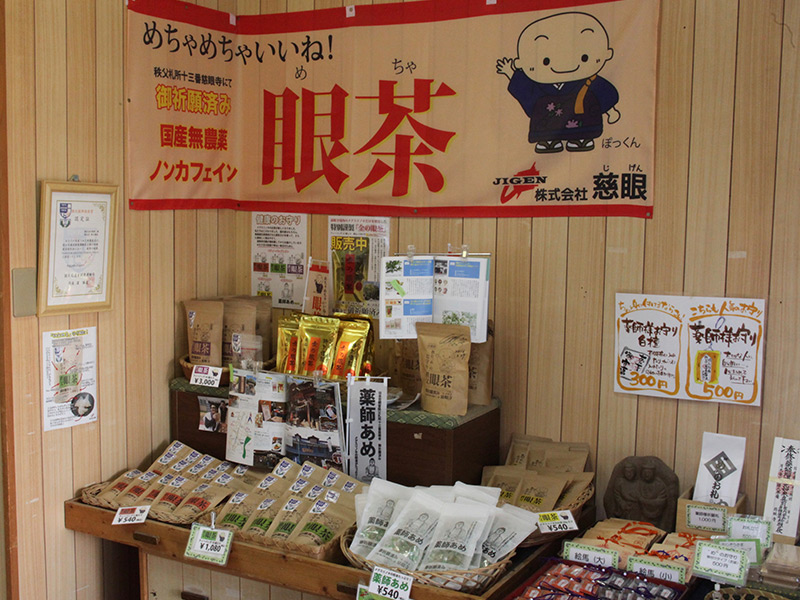
Jigenji is Chichibu’s 13th sacred site on Japan’s 100 Kannon Pilgrimage. It has been famous as a "temple for eyes" for 780 years. Worshippers come from all over Japan with worries and concerns regarding the eye.
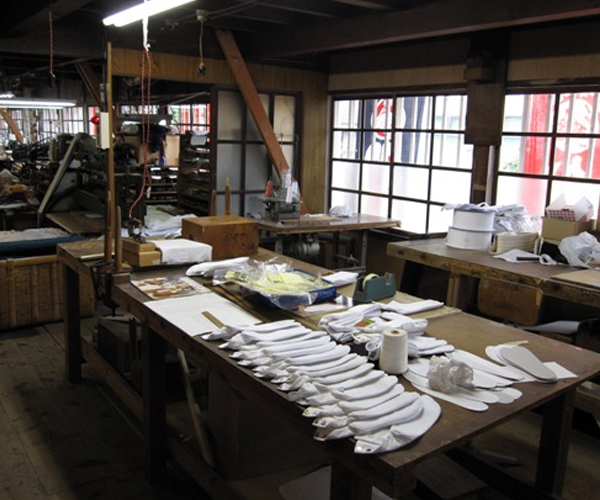
Tabi to Kurashi (Tabi and Life) Museum was originally a factory of tabi socks delivering to tabi stores under the name Bokuya Honten (Main Branch). The factory was reborn as a museum, retaining most of the original factory’s appearance. At the museum, demonstrations by individuals who used to be tabi craftsmen can be seen, and your own original tabi (additional cost) can be made every second Sunday of the month.

This is the site of the battle of Kanagawa, the largest field battle to have ever taken place in the Kanto region. The fierce battle took place from June 18th to 19th, 1582 on the border between Musashi (Tokyo and Kanagawa) and Ueno (Gunma) along the Kannagawa River. The battle was between Takikawa Kazumasu, lord of Ueno Umabashi Castle, and forces led by Hojo Ujikuni, lord of Musashi Hachigata Castle, and Hojo Ujinao, lord of Odawara Castle. The battle was also known as the “Battle of Kanakubohara" due to being fought in and around Kanakubo and Bisado areas of Kamisato-town.
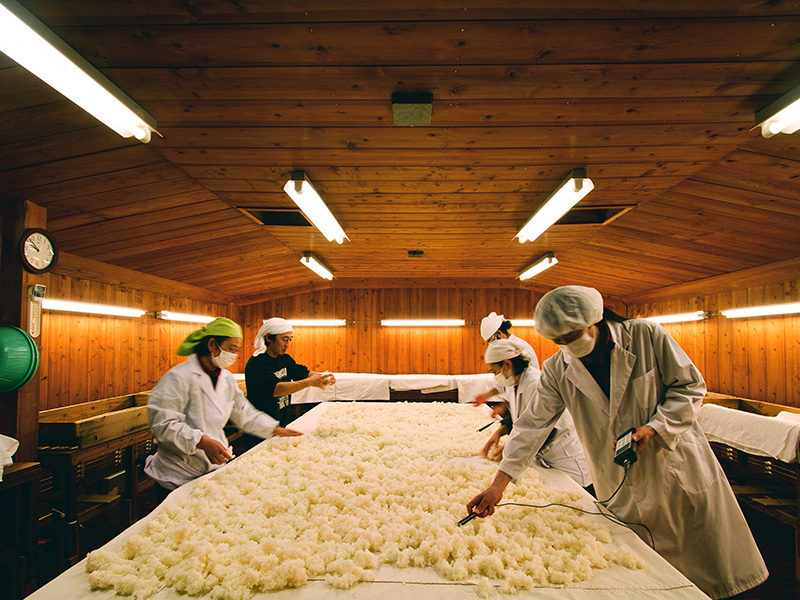
Established during the late Edo Kaei era (1850), Japanese sake, ume liqueur and sake lees are sold at this old-fashioned sake brewery and Taishō period store. Visitors can enjoy a cozy experience that can only be had at a small brewery. If touring the brewery, you will also get a small sake cup as a present. You can taste and compare various alcohols kept at different temperatures, and sake tasting games are also on the menu. Please consult with us regarding the content experience and pricing. Tours are held regardless of the season, but sake is prepared during the winter. There are times when it is difficult to hold tours during the sake preparation season.
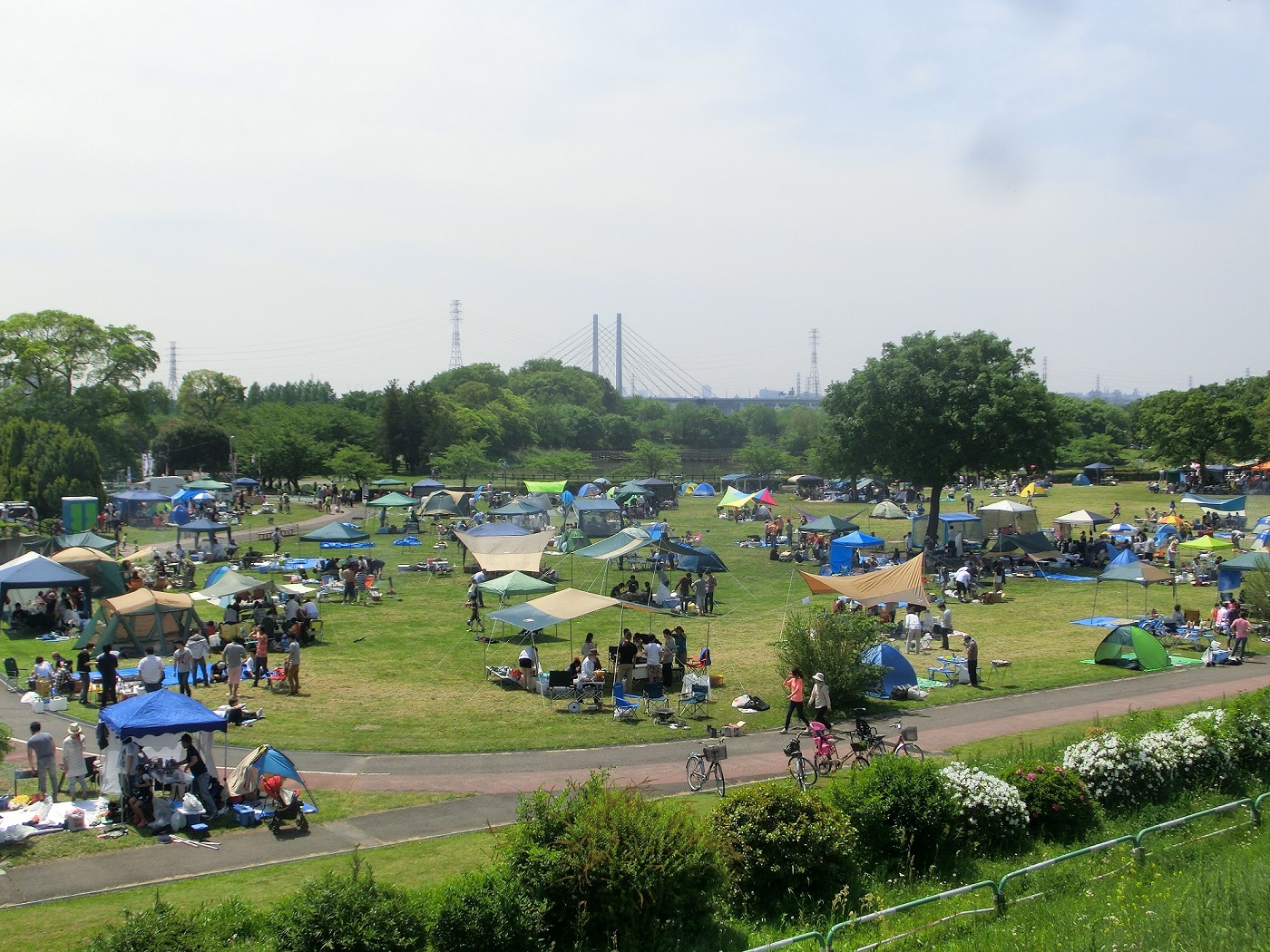
"Saiko" is a park developed along the Arakawa riverbed retention basin that's filled with nature; with the blooming of Japanese primrose and the beautifully maintained fields, visitors can relax and enjoy the change of the seasons. There is a spacious BBQ area where visitors can choose between a free area with no reservation required, and an area with BBQ prepared which requires a reservation. There are also tennis courts, dog friendly spaces, fishing spots and the lakeside area is a popular spot for cycling and windsurfing. With easy access by car, the park attracts more than one million visitors a year!
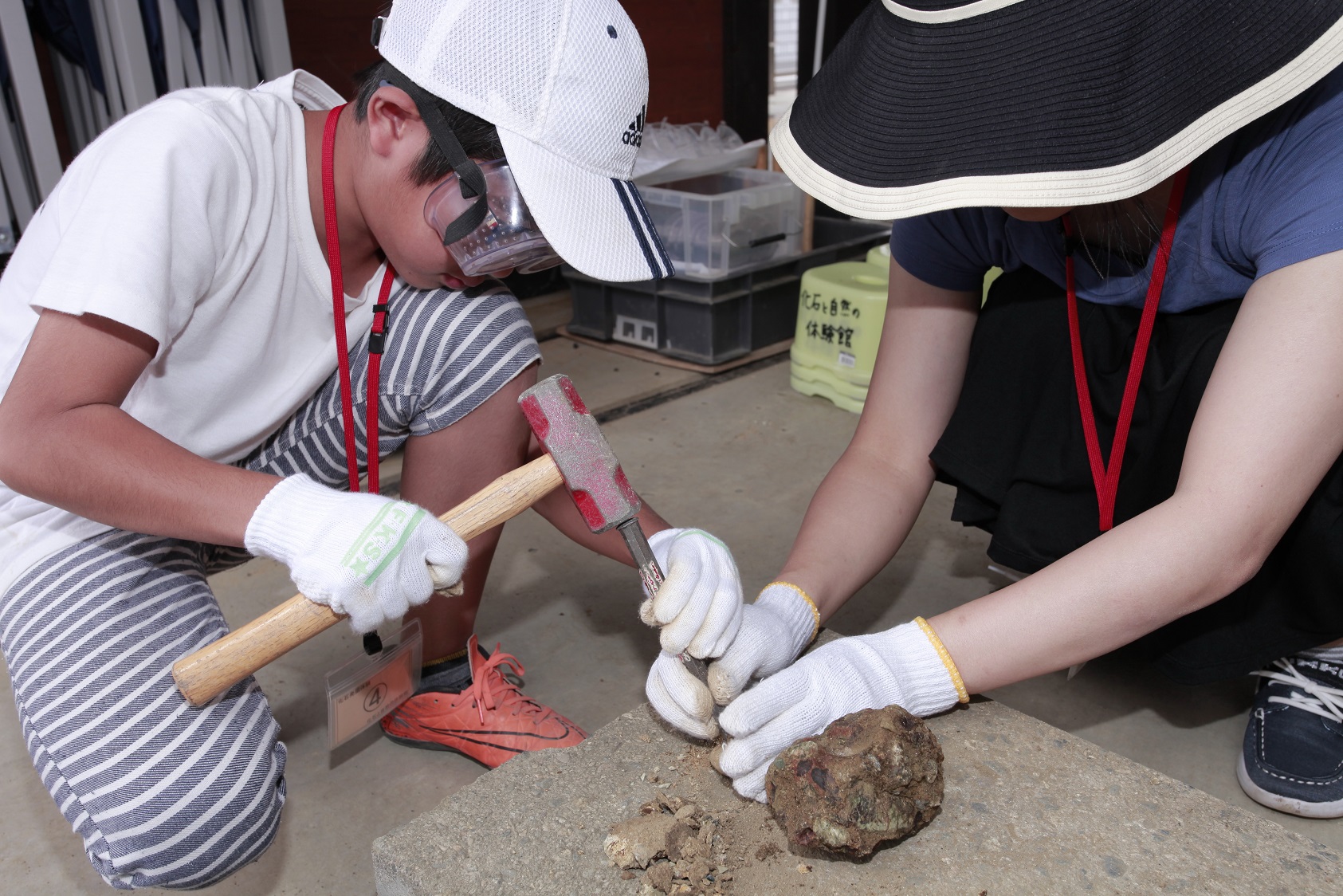
The Iwadonokyūryō (rocky hills) around this experience center are comprised mainly of the Toki River layer group, strata accumulated in the sea 10 to 15 million years ago, which contain a wide range of fossils. This experience center is the only facility in the prefecture where visitors can experience digging up fossils, such as shark teeth, from 15 million-year-old conglomerate rock. Together with the lecturer, challenge yourself to dig up fossils using a sieve, hammer and chisel! Most of the fossils you find can be brought home, with some exceptions. Since the fossil digging takes place inside the facility, activities can be enjoyed even on rainy days.
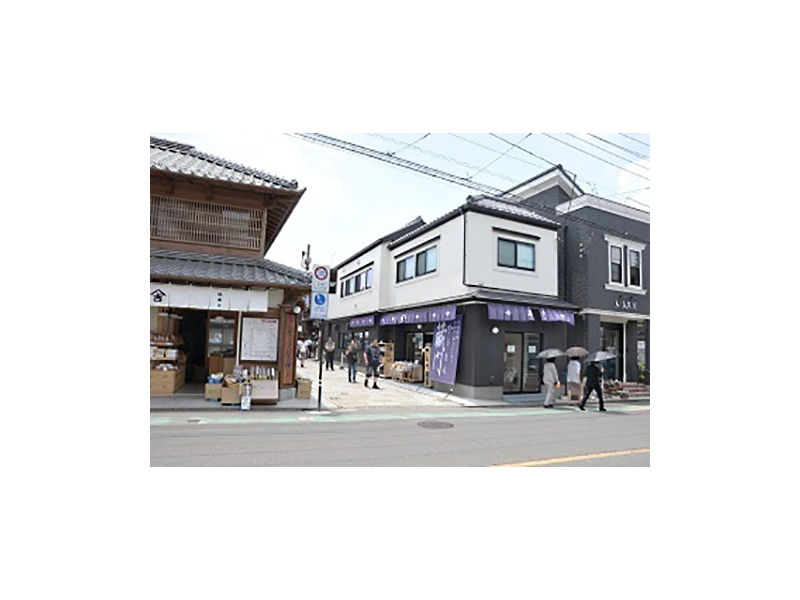
The entrance of the Kawagoe Kashiya Yokochō candy store is marked with a large purple noren (shop curtain with emblem and name). A wide variety of sweets are produced and sold here, including kura manjū (Japanese-style bun stuffed with sweetened bean paste), sweet potato yōkan (sweetened bean jelly), potato sweets, and rice crackers. We can assist you in basic English.
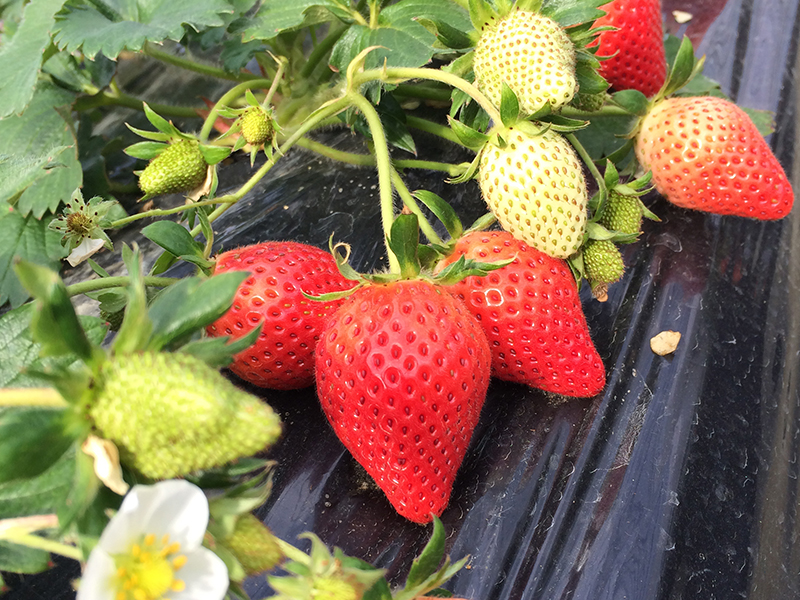
A 10 minute walk from Yokoze Station. Also a 10 minute walk to Hitsujiyama Park and Shibazakura no Oka. Strawberries grown with a focus on the best taste and assurance of quality.
This site uses cookies to improve the user experience. If you continue to browse, you consent to the use of cookies on this site. Accept
